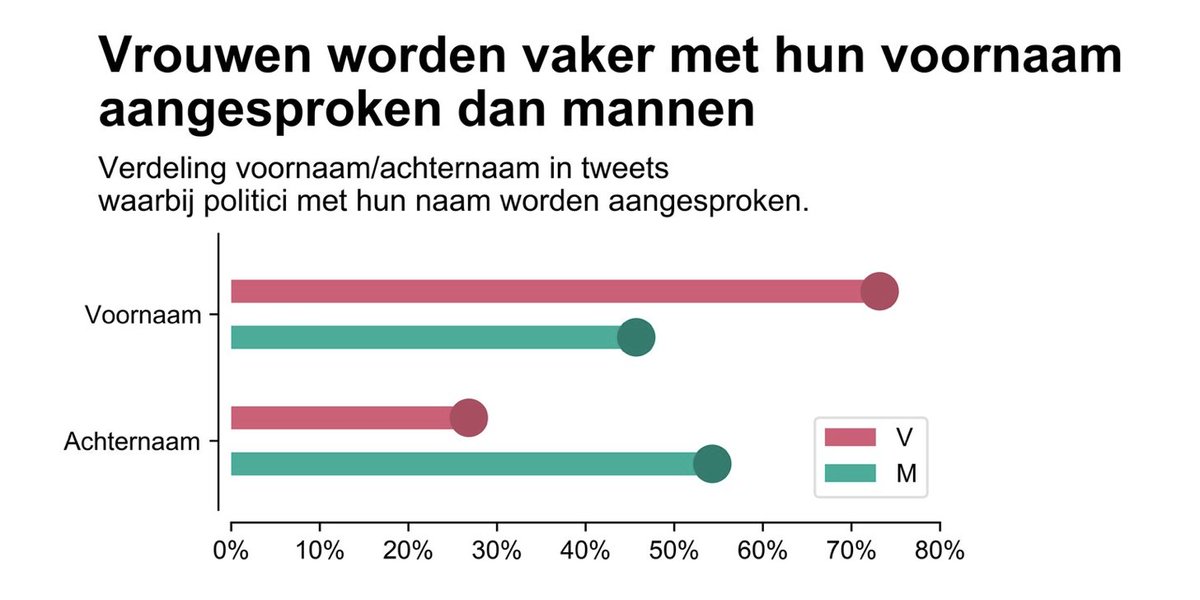
When I was still on holiday, my opus magnum on nitrogen retention came out @JEcology: besjournals.onlinelibrary.wiley.com/doi/full/10.11…
We sampled three glacier forelands to assess how ecosystem N retention is affected by succession, and to determine the plant and microbial controls on N retention. (1/x)
We sampled three glacier forelands to assess how ecosystem N retention is affected by succession, and to determine the plant and microbial controls on N retention. (1/x)
As glaciers melt, they expose barren parent material on which succession starts. Because we know exactly when the front of the glacier was where, we know the age of the ecosystems in front of the glacier. This is a great system to test fundamental ecological questions! (2/x) 

You can read about the amazing field work and our main findings here: (3/x)
jecologyblog.com/2021/08/18/gla…
jecologyblog.com/2021/08/18/gla…
But in short: we expected N retention to increase with ecosystem age, because soil organic matter builds up, N becomes more limiting, and microbial communities become more fungal-dominated. (4/x)
But this is not what we found! There wasn't a clear pattern with succession, probably because of the huge spatial variation in these systems.
It's clear though that roots and microbes took up most N. (5/x)
It's clear though that roots and microbes took up most N. (5/x)

But, we did find that plant and microbial properties controlled N retention. Specifically, fast-growing plants and microbes, with low C/N ratio and thus high N demand, took up most nitrogen. In addition, these pools took up more N when soil N availability was low. (6/x) 

These findings confirm -in the real world- our earlier findings from a pot experiment that plants and microbes with high N demand take up most N. (7/x)
nph.onlinelibrary.wiley.com/doi/10.1111/np…
nph.onlinelibrary.wiley.com/doi/10.1111/np…
BUT!!!! They also imply that low N losses in fungal-dominated soils -which is frequently observed- are a consequence of low soil N availability, and not of an inherent high N immobilisation by fungi, which I have suggested in earlier work. (8/x)
journals.plos.org/plosone/articl…
journals.plos.org/plosone/articl…
OK, so this was only short-term N retention. I'd love to know how this relates to longer-term N retention, and also how different ecosystems in The Netherlands are able to retain N from atmospheric deposition, and how this is affected by other disturbances. (9/x)
So, I thought this was my opus magnum on nitrogen retention, but I might be back for more! (10/end)
• • •
Missing some Tweet in this thread? You can try to
force a refresh








